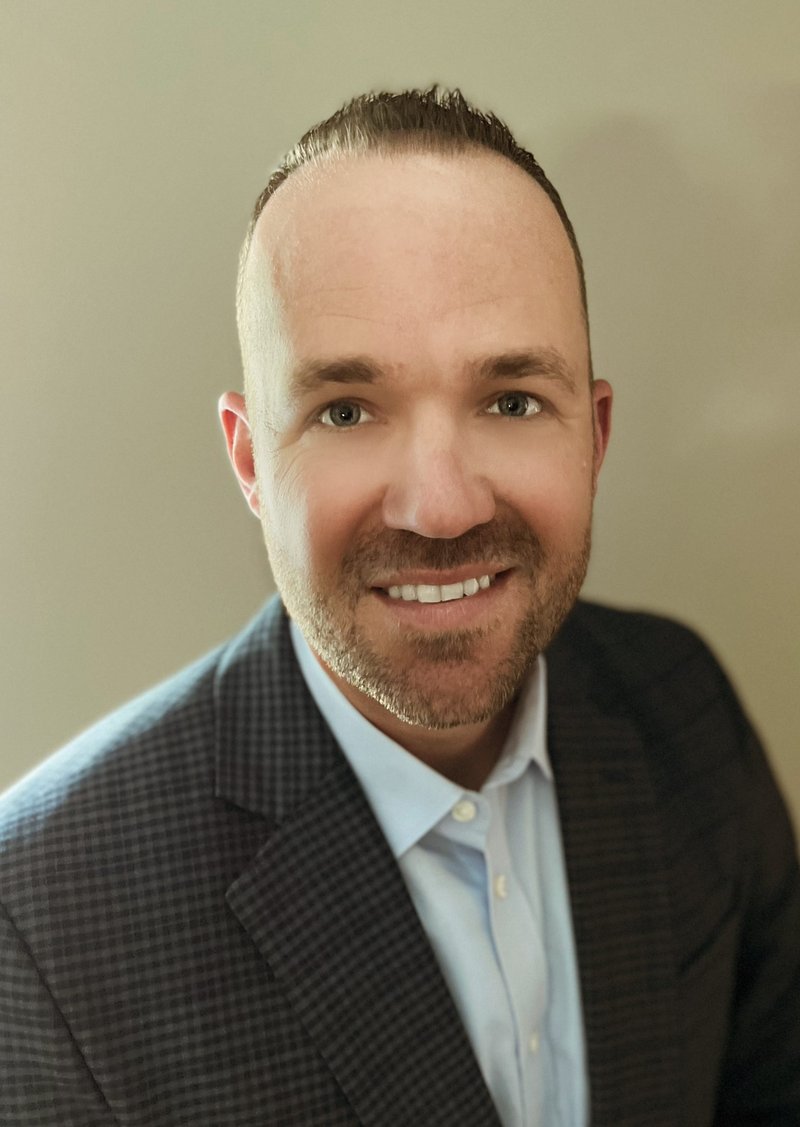 Chris Aiello
Chris Aiello Raising your labor service rate creates opportunities
I was talking to a General Manager of an OEM lift truck dealership the other day in a major metropolitan market. He told me they had just increased their service labor rates. I couldn’t believe it when he told me they were up over $200 per hour. That starkly contrasts the days when breaching the $100 per hour rate seemed like a daring move. Additionally, he told me they charge a flat 1.5 hours for travel, with a minimum of one hour of work—$ 500 minimum for any retail service job.
For material handling dealerships and their customers, these rising rates are a double-edged sword—essential for sustaining skilled labor but challenging for customers’ budgets. Our industry is tasked with finding ways to address the growing financial strain with proactive solutions that maintain customer satisfaction and loyalty.
Higher labor rates can certainly be a pain point for your customers. Let’s examine some actions dealers can take to alleviate these pain points while allowing their businesses to thrive and remain competitive. Some might already be familiar with these strategies, while readers newer to the industry might find this useful.
Understanding the Customer’s Perspective
From a customer’s standpoint, the surge in labor rates raises several concerns:
- Sticker Shock: Customers accustomed to lower rates may experience immediate resistance to invoices reflecting the high per-hour repair rates.
- Unpredictable Costs: Forklift repairs can be sporadic, making it difficult for them to budget effectively.
- Risk of Deferred Maintenance: High costs may prompt customers to delay essential services, increasing the likelihood of equipment breakdowns and unplanned downtime.
By understanding these pain points, dealerships can better position themselves as partners in solving—not contributing to—these challenges.
Strategies to Address Rising Labor Rates
Offer Full Maintenance Agreements (FMAs)
One of the most effective ways to help customers manage costs is through Full Maintenance Agreements (FMAs). These agreements bundle routine maintenance and repairs under a predictable monthly fee, eliminating surprise expenses. They also encourage customers to perform the necessary services on schedule, ultimately reducing long-term costs.
For example, a dealership offering an FMA for $500 per month could include scheduled maintenance visits, parts replacements for worn items, and labor for standard repairs. While the customer gains cost predictability, the dealership benefits from a steady revenue stream and increased customer loyalty. Educate your customers on the long-term savings FMAs can offer compared to paying for repairs on an ad hoc basis.
Develop Tiered Service Plans
Not all customers have the same maintenance needs, so providing tiered service plans, for example, basic, standard, and premium—can cater to various budgets. Examples could be:
Basic Plan: Covers preventative maintenance services.
Standard Plan: Adds coverage for minor repairs and discount rates on parts.
Premium Plan: Includes everything in the basic and standard tiers, plus priority scheduling, telematics monitoring, and expanded labor coverage.
These examples of flexible plans would allow your customers to choose the level of service that aligns with their operational needs and budget.
Encourage Proactive Maintenance Programs
Proactive maintenance programs benefit both customers and dealerships. Regularly scheduled maintenance identifies potential issues before they escalate into costly repairs. For your customers, this means less downtime and lower long-term expenses. For your dealership, it creates more predictable workloads and strengthens customer relationships.
On average, according to industry data, customers engaging in routine maintenance programs report up to 30% fewer unexpected repairs and a 20% increase in forklift lifespan.
Adopt Advanced Technology to Streamline Repairs
More and more dealers are utilizing advanced technology, such as diagnostic software and telematics, to streamline repairs and reduce labor hours. Telematics systems, for instance, enable real-time monitoring of forklift performance, allowing technicians to detect and address minor issues before they escalate into costly breakdowns. For example, a telematics alert might flag a hydraulic pressure anomaly, prompting a quick fix during a scheduled maintenance visit rather than an emergency repair.
These tools improve operational efficiency and help your dealership position itself as a forward-thinking partner invested in your customers’ success. By proactively identifying potential problems and minimizing downtime, you can demonstrate a commitment to providing value beyond the repair bay. If you’re not offering your customers a telemetry solution or advanced diagnostic technology, now is the time to explore these solutions. These tools can dramatically reduce repair times, prevent costly customer breakdowns, and make your dealership a leader in proactive customer support.
Your business can turn rising labor rates into an opportunity by adopting strategies like FMAs, tiered service plans, and advanced technology. These approaches not only address your customer’s pain points but also foster loyalty and predictable revenue, making your dealership a trusted partner.
A dealer I recently met with shared a success story of the savings they provided to one of their customers with a fleet of 50 forklifts. This dealer offered their customer an FMA to control repair expenses. Within a year, they reduced unplanned repair costs by 40% and increased their uptime by 30%. They alleviated the financial strain on their customers while improving operational efficiency.
Assess your dealership’s service offerings to identify better ways to address customer needs. Effective communication, customer education, and innovative service structures are essential. By prioritizing these strategies, you can strengthen relationships, enhance satisfaction, and foster long-term growth.
About the Author:
Chris Aiello is the Business Development Manager at TVH Parts Co. He has been in the equipment business for 19-plus years as a service manager, quality assurance manager, and business development manager. Chris now manages a national outside sales team that sells replacement parts and accessories in various equipment markets, such as material handling, equipment rental, and construction/earthmoving dealerships.









